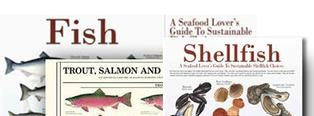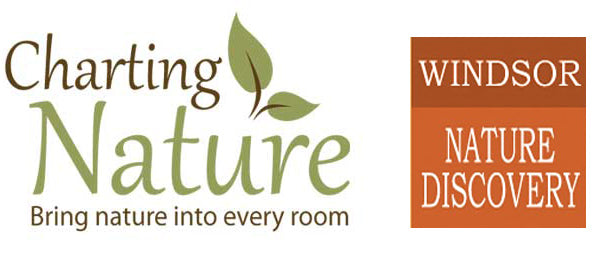Factoid
The Ten Most Dangerous Sharks
Sharks have long fascinated and terrified humans, often depicted as the ultimate predators of the ocean. While most shark species are harmless to humans, a few have earned a reputation...
The Ten Most Dangerous Sharks
Sharks have long fascinated and terrified humans, often depicted as the ultimate predators of the ocean. While most shark species are harmless to humans, a few have earned a reputation...
Birds found in your feeders during spring on th...
During spring, you may see different birds at your feeder than at other times of the year. Here are some common birds you may see at your feeder on the...
Birds found in your feeders during spring on th...
During spring, you may see different birds at your feeder than at other times of the year. Here are some common birds you may see at your feeder on the...
Birds at your feeder on the West Coast during t...
The West Coast of the United States has a different set of birds compared to the East Coast. Here are some common birds you may see at your feeder...
Birds at your feeder on the West Coast during t...
The West Coast of the United States has a different set of birds compared to the East Coast. Here are some common birds you may see at your feeder...

The Life of Fish Artist Ron Pittard
Discover the interesting life of famous fish artist, Ron Pittard.
The Life of Fish Artist Ron Pittard
Discover the interesting life of famous fish artist, Ron Pittard.


Louis Agassiz Fuertes
Many consider Fuertes to be one of the world’s most prolific bird illustrators along with James Audubon and John Gould, all artists whose work we carry in our online store. Here's...
Louis Agassiz Fuertes
Many consider Fuertes to be one of the world’s most prolific bird illustrators along with James Audubon and John Gould, all artists whose work we carry in our online store. Here's...
